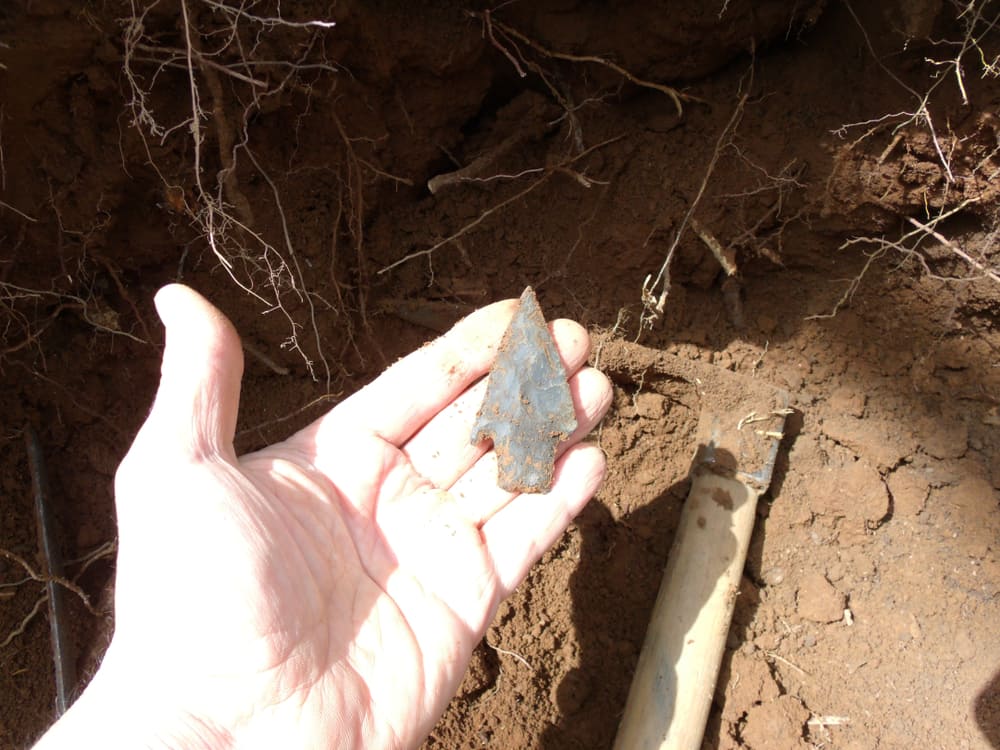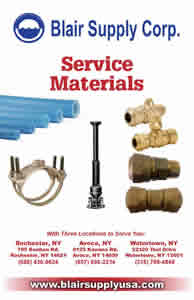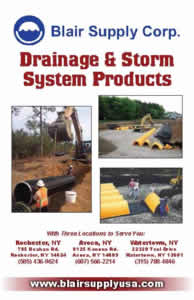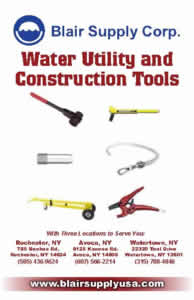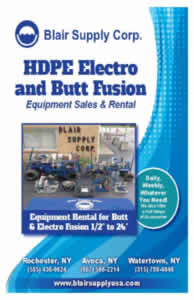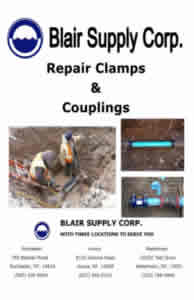Blog
7 Methods for Using Magnetic Locators
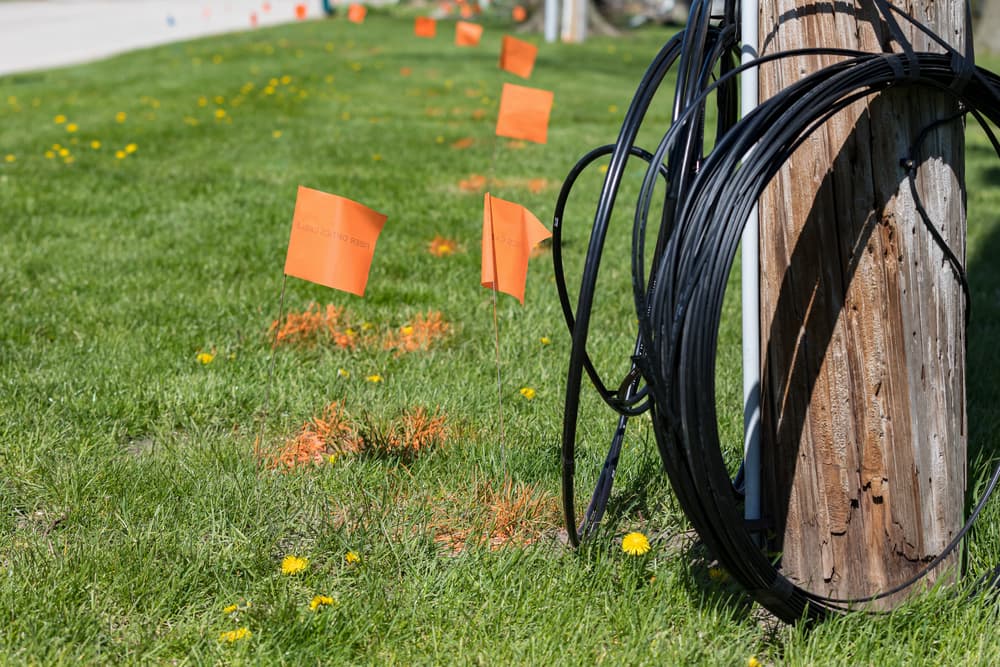
Infrastructure essential for our comfortable living is getting more complex by the day. However, despite all of the technological advancements, none of its parts are indestructible or made to last forever.
Due to our reliance on virtually every part of this intricate network of electric, water, and other utility lines, every malfunction can grind our daily efforts to a halt. This made it imperative to find a way to locate these parts of the infrastructure swiftly and efficiently, both for preventative and reparative reasons.
To that end, magnetic locators became absolutely indispensable, as their ease of use, precision, and affordability help save incredible amounts of time and money, regardless of the area of utilization.
So, how can you use your Schonstedt locators for your Watertown undertakings with utmost effectiveness and what can you actually use them for? Let’s dive in and see!
How do I use a magnetic locator?
First and foremost, magnetic locators are incredibly versatile tools, which explains their growing popularity. Today, they are used in virtually every industry that requires locating buried metallic objects fast, since they boast greater accuracy than metal detectors. Some examples include:
- Finding underground utility lines: Locators are most commonly used to detect metal pipes, cables, and other buried utilities.
- Surveying and construction: Surveyors and contractors often use these devices to find rebars, nails, surveying pins, and similar objects that may be embedded in soil or concrete.
- Archaeological research: Finding ancient artifacts, such as jewelry or coins has been made infinitely easier with the introduction of magnetic locators.
- Emergency response and recovery: First responders and emergency personnel utilize locators to find critical and high-risk objects after a disaster, such as broken gas or electrical lines.
- Military applications: Magnetic locators can help find buried unexploded ordinance (UXO) or landmines, reducing the risk of accidental detonation during clearance operations.
Of course, this is by no means an exhaustive list. Rather it is a small excerpt from many applications that are widely in use today. However, what is of particular interest to us are the specifics of the utilization, i.e. the techniques that allow these devices to be used to their maximum potential.
What are the most common magnetic locator employment methods?
The two techniques most used today are the “Direct Connection” and “Clamp Connection”, both of which are effective for their respective applications.
Direct connection method
This method involves attaching the magnetic locator directly to the object being located. The device is equipped with a metal probe that can be inserted into the ground to make contact with the object.
Alternatively, the object itself can be equipped with a metal contact point. Either way, once the direct connection is established, the device will detect the magnetic field of the object and provide a reading of its location and depth.
The direct connection method is typically used for locating metallic objects that are buried deep in the ground, such as water or gas lines, but it can also be used to find items that may be obscured by other materials, such as concrete or asphalt.
Clamp connection method
This method involves attaching the locator to a metallic surface or object using a clamp. The clamp is attached to the locator and placed over the object being located, allowing the device to detect the magnetic field of the object.
The clamp connection technique is typically used for locating metallic objects that are closer to the surface, such as buried manhole covers or metal plates. It can also be used for finding objects that are difficult to access, such as those located in tight spaces or in areas with limited visibility.
Where can I find quality Schonstedt locators in Watertown & the area near me?
Blair Supply Corp. is the leading distributor of utility components and equipment in Watertown and beyond. With extensive experience in our field and a lengthy track record of excellence, we became synonymous with reliability and quality from Thompson Park to the Fairgrounds and everywhere in between.
Whether you’re a professional contractor or a utility worker looking to enhance your efficiency or an archaeology enthusiast intent on bringing your efforts to the next level, we’ll help you find the locator to fit your exact needs and preferences. Contact us today to get started!

